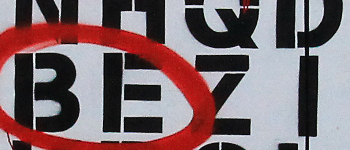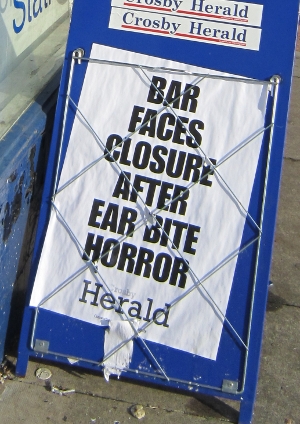
I have been working on my novel ROSALIND for more years than I care to admit. There have been shaky times – several complete rewrites come to mind. And some amazing highs – winning the Curtis Brown award for my work in progress, for example. I’m now approaching the end of the penultimate edit (or is it the third to last? We’ll see). Either way I have a sense that this year, to my huge relief, I’ll be declaring the novel finished. Whatever then happens to the bastard thing, I’ll be grateful for all I have learned writing it.
In particular, I’ve always told myself that I will be able to turn round the next book much faster thanks to this work. That had better be true – I’m far too old to spend five years or more on every story I write. Chop chop. Tick tock.
So with thoughts of death and efficiency at the back of my mind, I have begun to consider the next book. When I’m finally querying ROSALIND, I think it might be helpful to have something new already on the way. I’m not easy to be around when I am between projects.
So this month I’ll be auditioning new book ideas. That means brainstorming all the possibilities that have occurred to me over recent years (all I can remember that is) and taking a few of them out for a spin. I’ll interview a few of the principle characters, write a scene or two. I have a favourite idea already, but I am aware that a book project is a bit like a romantic relationship: it’s a good idea to know what you’re getting into before things get too serious.
Then, when I have a prospect it will be time to get into character and incident. I quite like Alan Watt’s exercise-based approach which forces the writer to really consider the backgrounds and motivations of the characters who will drive a novel. So that’s a month or two of deep research.
Then a last month working on plot. Plot gives me the fear. I know from experience that, if I don’t get the beats set up before I start, I will meander. There are lots of resources out there, of course, but one of the best syntheses is provided by John Yorke’s Into The Woods: How Stories Work and Why We Tell Them. This book does a great job of summarising various approaches to story structure, but I find it useful in particular because of its emphasis on the importance of the midpoint. That’s a post in its own right, but knowing something about the key moment at the heart of a novel is a great way to avoid sagging middle syndrome.
And then… well then it will be time for… NaNoWriMo! It’s always fun to be first-drafting with thousands of other people.
photo credit: TEDxAmsterdam – Rehearsals via photopin (license)




